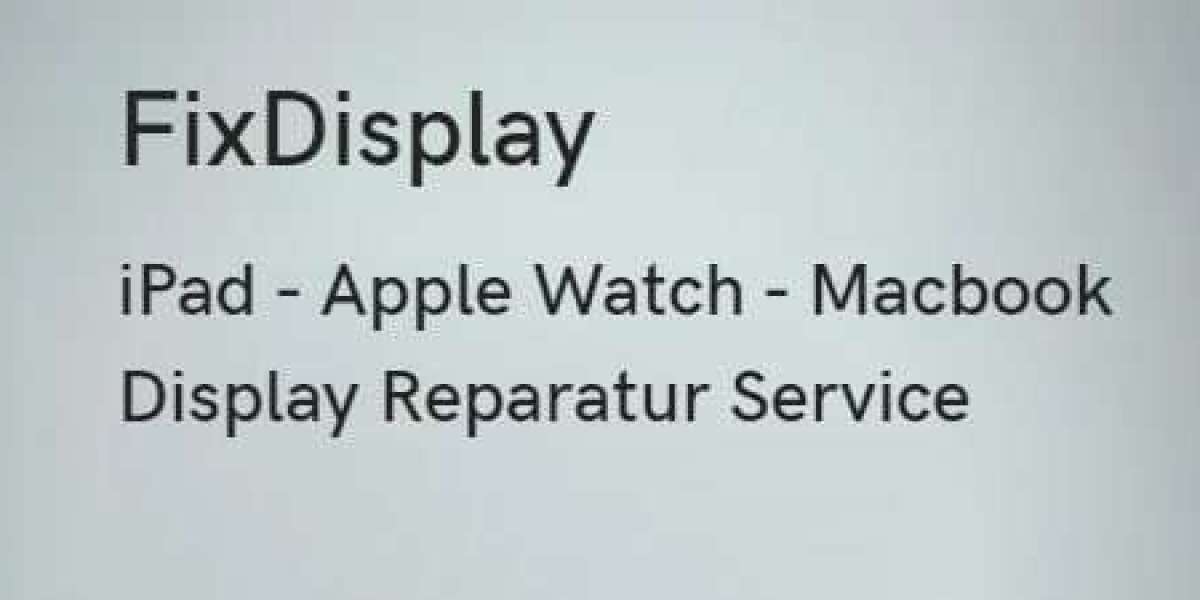In today's digital era, where technology covers almost every aspect of our lives, the development of websites and web applications has become an important field of expertise.
Two terms that frequently come up when we talk about web development are "front-end" and "back-end." These terms refer to different aspects of the development process, each serving a specific purpose and playing an important role in creating functional and visually appealing digital experiences. But what is the difference between frontend and backend web development? This question keeps blinking in our minds.
Front-end and back-end development encompass different sets of skills, technologies, and responsibilities. Understanding the difference between front end and back end is essential for anyone aspiring to become a web developer or seeking to gain a deeper insight into the development process.
In this blog post, we will explore the difference between front-end and back-end development, shedding light on their unique characteristics, functionalities, and the roles they play in building modern web applications.
Front-End Development:
The process of developing the graphical and interactive components of a website or application that users may engage with directly is known as front-end development. It focuses on designing and implementing the user interface (UI) and user experience (UX) to ensure an engaging and intuitive digital experience.
Technologies and Tools Used in Front-End Development:
● HTML (Hypertext Markup Language):
HTML provides the structural foundation of a web page by defining its elements and content. It allows developers to organize and format text, images, links, and other media elements.
● CSS (Cascading Style Sheets):
The visual styling and layout of web pages are handled by CSS. It allows developers to apply colours, fonts, spacing, and positioning to HTML elements, creating visually appealing designs.
● JavaScript:
JavaScript is a versatile scripting language that adds interactivity and dynamic behavior to web pages. It enables developers to create interactive elements, handle user input, perform data manipulation, and communicate with back-end systems.
Responsibilities and Tasks of Front-End Developers:
Front-end developers have various responsibilities, including:
● Translating design mockups into code using HTML, CSS, and JavaScript.
● Ensuring cross-browser compatibility and responsiveness of web pages across different devices and screen sizes.
● Optimizing website performance and loading speed.
● Collaborating with UI/UX designers to implement intuitive and visually appealing user interfaces.
● Conducting testing and debugging to identify and fix front-end issues.
Examples of Front-End Frameworks and Libraries:
● React:
React is a well-known JavaScript user interface library. It allows developers to create reusable UI components and efficiently manage the state of complex applications.
● Angular:
Google's Angular is a sophisticated front-end framework. Angular follows the Model-View-Controller (MVC) architectural pattern and includes features such as two-way data binding, dependency injection, and robust testing.
● Vue.js:
Vue.js is a progressive JavaScript framework that is known for its simplicity and versatility. It allows developers to embrace its features in existing projects.
Front-end developers require expertise in web design, user experience (UX), and client-side technologies. They need to be proficient in HTML, CSS, and JavaScript, have an eye for aesthetics, and understand UX principles to create engaging and user-friendly interfaces.
Front-end and back-end developers often work collaboratively to create a fully functional web application. Effective collaboration and communication between the two are essential for seamless integration and a cohesive user experience.
Regular communication and collaboration between front-end and back-end developers facilitate efficient problem-solving, better coordination, and the successful delivery of a high-quality web application.
Front-end vs back-end developers: The Bottom line



